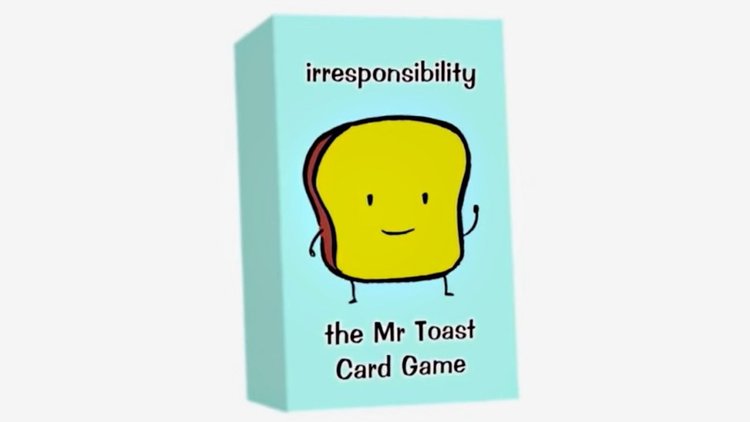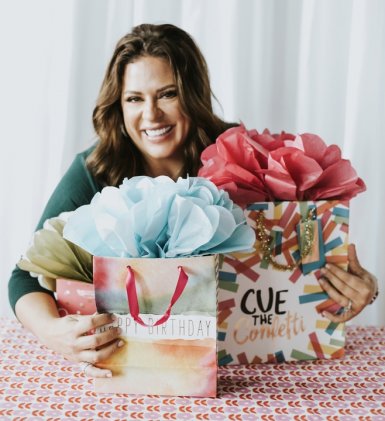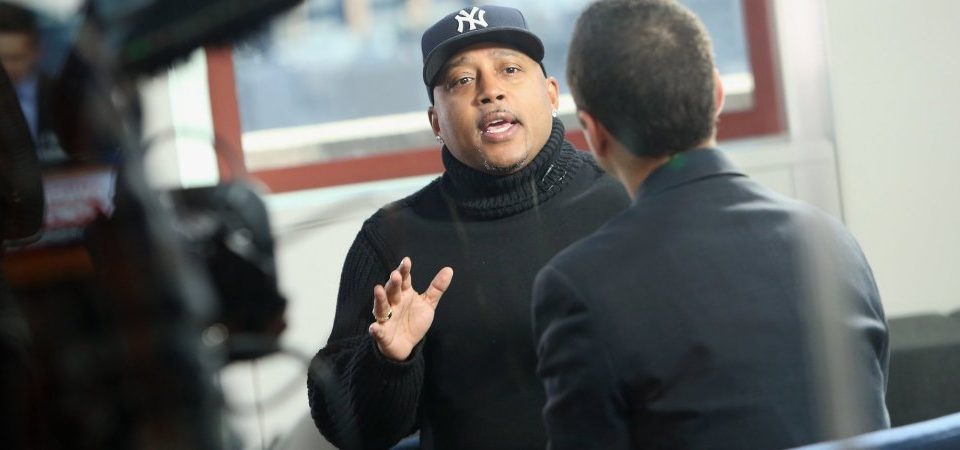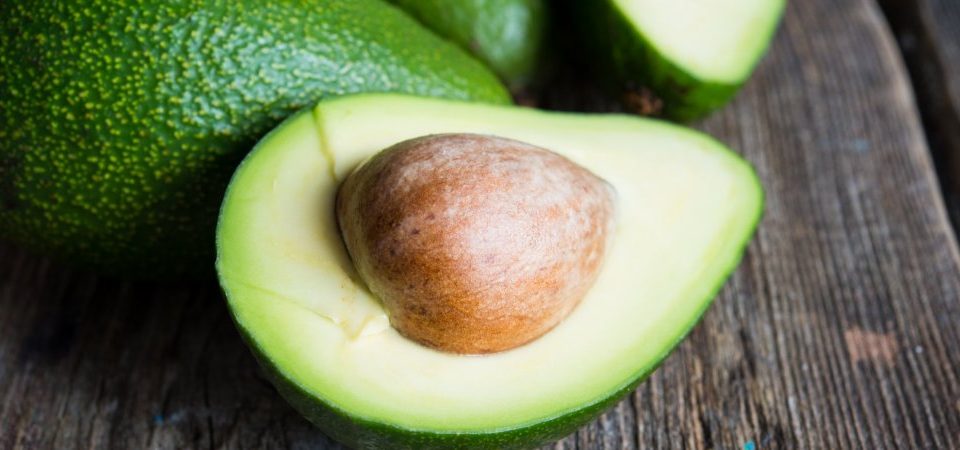Hasbro-Indiegogo Partnership Celebrates the Benefits of Open Innovation

Open innovation takes many forms. One of the most exciting examples to hit my desk of late is the Next Great Game Challenge, a partnership between Hasbro, Inc. and Indiegogo that resulted in two independently designed games being brought to market in 2016.
Their names? Mr. Toast and Hex Casters. This crowdsourcing contest’s third grand prizewinner was announcedjust this past Tuesday.
Concidentally, or maybe not, Hasbro, in December, topped $5 billion for the first time in its 94-year history. Could its renewed commitment to open innovation take some credit? The toy industry has always relied on inventors for their creativity, but historically it’s had gatekeepers those inventors had to to get past.
Brian Chapman, senior vice president and global head of Design and Development at Hasbro, addressed these matters in a personal email: “We work hard to ensure that our organization fosters innovation, no matter where it comes,” Chapman wrote.
Outside innovation is incredibly important to the company, he added. “We take great pride in our legacy of working with professional inventors, as well as companies and consumers, to bring the world’s best play experiences to life,” he said. “Outside creativity complements the work we do as an organization.”
Indiegogo’s focus on innovation is evident: At the Consumer Electronics Show in January, the company’s presence was undeniable. Scroll through its seemingly endless Partner page and that philosophy is clear: Helping others is apparently good business.
“Fortune 500 companies who value innovation and are looking for different ideas want to work with us,” Indiegogo cofounder Slava Rubin said, putting it simply.
And, why wouldn’t they? To learn more, I sought out Dan Goodsell, the Los Angeles-based artist who won Hasbro’s first challenge, to ask about his experience. Had Hasbro and Indiegogo really been his partners in product development?
Goodsell told me that back in the fall of 2015, he’d observed that card games were raising ample funds on crowdfunding platforms. So he set out to create his own simple version, based on an imaginary world and set of characters he had spent 17 years dreaming up and designing.
This is how the game of Mr. Toast emerged. (Over the years, Goodsell had already produced plush and vinyl toys, jewelry, buttons, and comic books based on the character Mr. Toast.)
“It’s hard to push that much stuff out in the world by yourself,” he admitted. “I always say, ‘I’m in direct competition with Mickey Mouse.’ Disney is putting out how much content every minute? So, I follow the market and carefully choose what I create with the limited dollars I have.” Smart.
His timing could not have been better: About a week after he began studying the market for uncomplicated tabletop games, he ran across an advertisement for the first Next Great Game Challenge.
The Next Great Game Challenge
The gaming giant wanted to hear from inventors. Specifically, it was looking for new ideas for face-to-face games that would “appeal to a cross-generational audience and bring families together,” according to the open innovation contest’s website.
The company’s mission was to discover games it could potentially commercialize, but “give enough flexibility to game designers, within the brief, to unearth really fresh and creative ideas,” Chapman explained.
At the time Goodsell became aware of the Challenge, he said, the deadline to enter was just four weeks away. In our interview, I expressed incredulity that he had invented such a clever little game so quickly and on his first try. But he demurred. “I’m not some sort of game savant,” he protested. “There are only so many kinds of gaming systems.”
And, indeed, the Mr. Toast game is based on simple math. Goodsell’s characters have a track record of appealing to people, he pointed out. He’d been working on his humor-writing skills for no less than 15 years. And he’d spent his lifetime playing games, including Dungeons & Dragons when he was a kid. The Mr. Toast game is adorably drawn and its theme is truly universal. Who likes to do chores? No one!
Out of more than 500 submissions received, this concept and four others were selected to run a campaign on Indiegogo, with help from both companies. Goodsell had run a successful campaign once before, so he had a sense of what to expect, but he told me that still took the time to study how other successful campaigns had marketed themselves, particularly using video.
Armed with a template and marketing advice from Indiegogo, he raised a little over $10,000. Shortly after, a team of Hasbro game experts, designers and innovators selected Mr. Toast as the prizewinner and awarded Goodsell $10,000. (Interestingly, the game that raises the most money does not automatically win.)
Of the 249 people who backed him, Goodsell estimated that only 25 percent were unfamiliar with his previous work. So, entrepreneurs, take heed. When you crowdfund a game, Goodsell explained, “You’re really selling to your own base — friends, family, fans.”
The commercial stage
Less than a year after Goodsell originally conceived of the game, it began retailing at Target. That’s fast.
Chapman described the partnership between Hasbro, Indiegogo and the creative community as “another smart way to inject freshness into the industry, plus diversify our portfolio.” Hence: open innovation in a nutshell.
Goodsell had all of the resources he needed to create a product that Hasbro would benefit from taking to market. That meant, the designer said, that he experienced none of the risk that deciding to prototype and order inventory on his own would have brought him. Without having to do much testing of its own, Hasbro identified a great new game concept. That’s a win-win as I see it.
It’s also fun: Being flown out to Hasbro’s headquarters in Pawtucket, Rhode Island, was incredible, Goodsell said.
“You walk in there and you think, ‘Yeah, I’d like to be part of this.’ As much as I love being an independent creator, I have a limited amount of tools to influence the world — to make some noise. They have their own digital studio in the building! It was great to be recognized.”
The deal
And the deal they struck? Goodsell said he’s happy with it. Their partnership thus far has been really positive, the artist said.
“I mean, especially when you consider the fact that if I hadn’t worked with Hasbro, I’d be selling these out of the back of my car . . . I wasn’t looking at this opportunity from a financial standpoint as much as getting the word out and the possibility of developing a positive relationship with Hasbro over the long run,” Goodsell said.
And that makes a whole lot of sense. It’s what licensing is all about: forging a mutually beneficially, hopefully long-term relationship.
Hasbro’s other moves
Hasbro is opening up in other ways. For example, the company recently began inviting inventors to submit their ideas for new toys and games directly, via an online portal, SPARK Hasbro. This is largely in part because the company wanted to be able to communicate directly with its biggest fans — its superheroes, as Chapman described them.
“Consumer creativity can truly complement the experiences we craft as an organization,” he wrote in his email.
In the past five years, the company has also established InventionLab, a “home-within-a-home for outside innovators,” as well as a fellowship program. Simply put, to meet its goal of finding niche ideas that no one in the industry has commercialized, Hasbro is thinking outside of the box.
And in fact, analysts have referenced the company’s strategy of working with global inventor networks as one of its key growth drivers, Chapman said.
Final thoughts
When I got my own start in the toy industry in the late ’80s, it was notoriously closed off. Having to rely on a toy broker was the norm. Blessedly, that seems to be changing. To be clear, Chapman wrote, the innovative new programs Hasbro has put in place will be “another venue for idea submissions, and not a replacement for our current processes or ongoing innovator relationships.”
Really, it’s simple. Open innovation is also a philosophy that says great ideas can come from anywhere. And that’s exactly how Chapman himself put it.“We need the best ideas,” the executive wrote wrote, “no matter where they come from.”
Article courtesy of Entrepreneur.com, first published on March 31, 2017 under the title “Hasbro-Indiegogo Partnership Celebrates the Benefits of Open Innovation”. Link to original publication: https://www.entrepreneur.com/article/292151.



